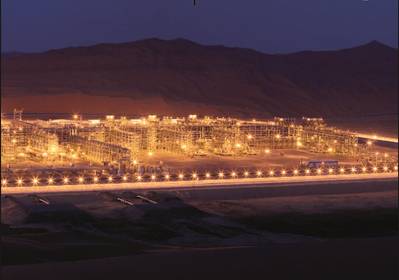IEA report sees a transformed market, with supply more responsive to prices than in the past – and demand less so
The recent crash in oil prices will cause the oil market to rebalance in ways that challenge traditional thinking about the responsiveness of supply and demand, the International Energy Agency (IEA) said in its annual Medium-Term Oil Market Report (MTOMR).
The U.S. light, tight oil (LTO) revolution has made non-OPEC production more responsive to price swings than during previous market selloffs, the report said, adding that this would likely set the stage for a relatively swift recovery. At the same time, lower oil prices will not provide as strong a boon to oil demand growth as might be expected.
As producers take an axe to their spending, supply will grow far more slowly than previously projected, but global capacity is still forecast to expand by 5.2 mb/d by 2020, and the toll on production will vary by country. Growth in U.S. LTO is expected to regain momentum in the latter part of the forecast period as prices recover, and North America remains a top source of supply growth for the remainder of the decade. In contrast, Russia faces a perfect storm of lower prices, sanctions and currency swings, pushing its production into contraction. OPEC’s share of global supply will inch up from recent lows but will not recover to the levels enjoyed before the surge in LTO supply.
“This unusual response to lower prices is just one more example of how shale oil has changed the market,” said IEA Executive Director Maria van der Hoeven, who launched the report at the Energy Institute’s International Petroleum Week in London. “OPEC’s move to let the market rebalance itself is a reflection of that fact. It may have effectively turned LTO into the new swing producer, but it will not drive it out of the market. LTO might in fact come out stronger.”
Assuming that international sanctions on Iran remain in place, OPEC growth in crude production capacity is expected to be limited to 200 kb/d per year. The overwhelming majority of that growth will come from Iraq and will thus be at significant risk as geopolitical instability there persists.
A combination of cyclical and structural factors will keep the demand response to lower prices relatively subdued, and demand in several key oil exporters will be hurt by the revenue loss. Nevertheless, global demand is now expected to grow slightly faster than supply capacity, causing the market to gradually tighten and the “call on OPEC and stocks change” to rise from 2016 onwards.
Political risk to supply will remain extraordinarily elevated in the next few years, both on the upside and the downside. Lower oil prices may heighten the risk of political disturbances in oil-export-dependent economies countries with low buffers, but can also offer an incentive to maximize output and stimulate production growth.











